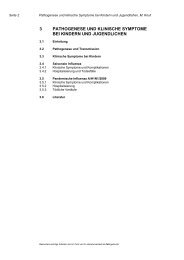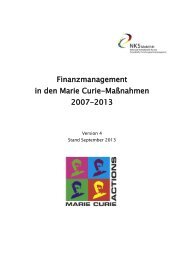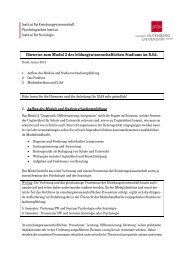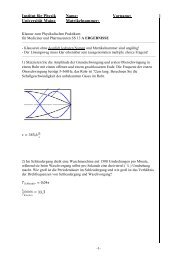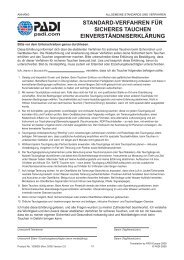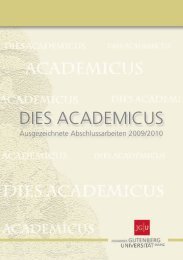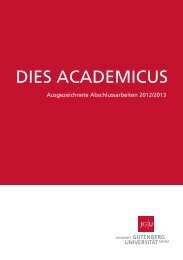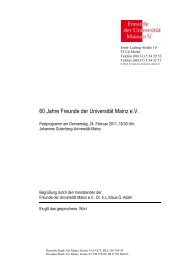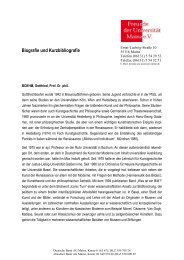BMC Evolutionary Biology - Johannes Gutenberg-Universität Mainz
BMC Evolutionary Biology - Johannes Gutenberg-Universität Mainz
BMC Evolutionary Biology - Johannes Gutenberg-Universität Mainz
You also want an ePaper? Increase the reach of your titles
YUMPU automatically turns print PDFs into web optimized ePapers that Google loves.
stability in the formulation of phylogenetic hypothesis). The future incorporation of<br />
EST data from Gnathostomulida and Micrognathozoa, and especially their use as<br />
outgroup, will be necessary to yield improved nodal support for the implicit paraphyly<br />
of Eurotatoria.<br />
As another note of caution, one has to be aware that the present results as well as<br />
consistent results from more limited datasets [24, 25, 26] could in principle be<br />
influenced by an acceleration of sequence evolution on the branch of the only<br />
monogonont sampled, i.e. B. plicatilis. It is thus conceivable that a deviating mode of<br />
sequence evolution in B. plicatilis (as described for hsp82 [28]) triggered an attraction<br />
of the bdelloid and acanthocephalan branches. On the other hand, this is not very<br />
likely as the tree reconstruction methods employed herein (maximum likelihood and<br />
bayesian inference) are relatively robust to long-branch attraction. Moreover,<br />
Eurotatoria appeared paraphyletic in previous analyses comprising several<br />
monogononts [17, 19] which cannot be explained by long-branch attraction due to an<br />
accelerated sequence evolution in B. plicatilis. We therefore do not believe that a<br />
faster sequence evolution along the B. plicatilis branch is causative for the found<br />
clustering of Bdelloidea and Acanthocephala.<br />
The present evidence for a paraphyly of Eurotatoria is in apparent conflict with three<br />
out of the five competing hypotheses on the intra-syndermatan phylogeny, i.e. the<br />
Eurotatoria+Pararotatoria hypothesis (Fig. 1B), the classical Rotifera+Acanthocephala<br />
hypothesis (Fig. 1C), and the Eurotatoria+Acanthocephala hypothesis (Fig. 1D). At<br />
first sight, the observed grouping of Bdelloidea and Acanthocephala (under exclusion<br />
of Monogononta) rather supports the predictions of the Lemniscea hypothesis of<br />
Lorenzen ([23]). However, considering previous evidence from morphological [5, 9,<br />
12] and molecular data [24] as well as from approaches combining both types of data<br />
- 10 -



